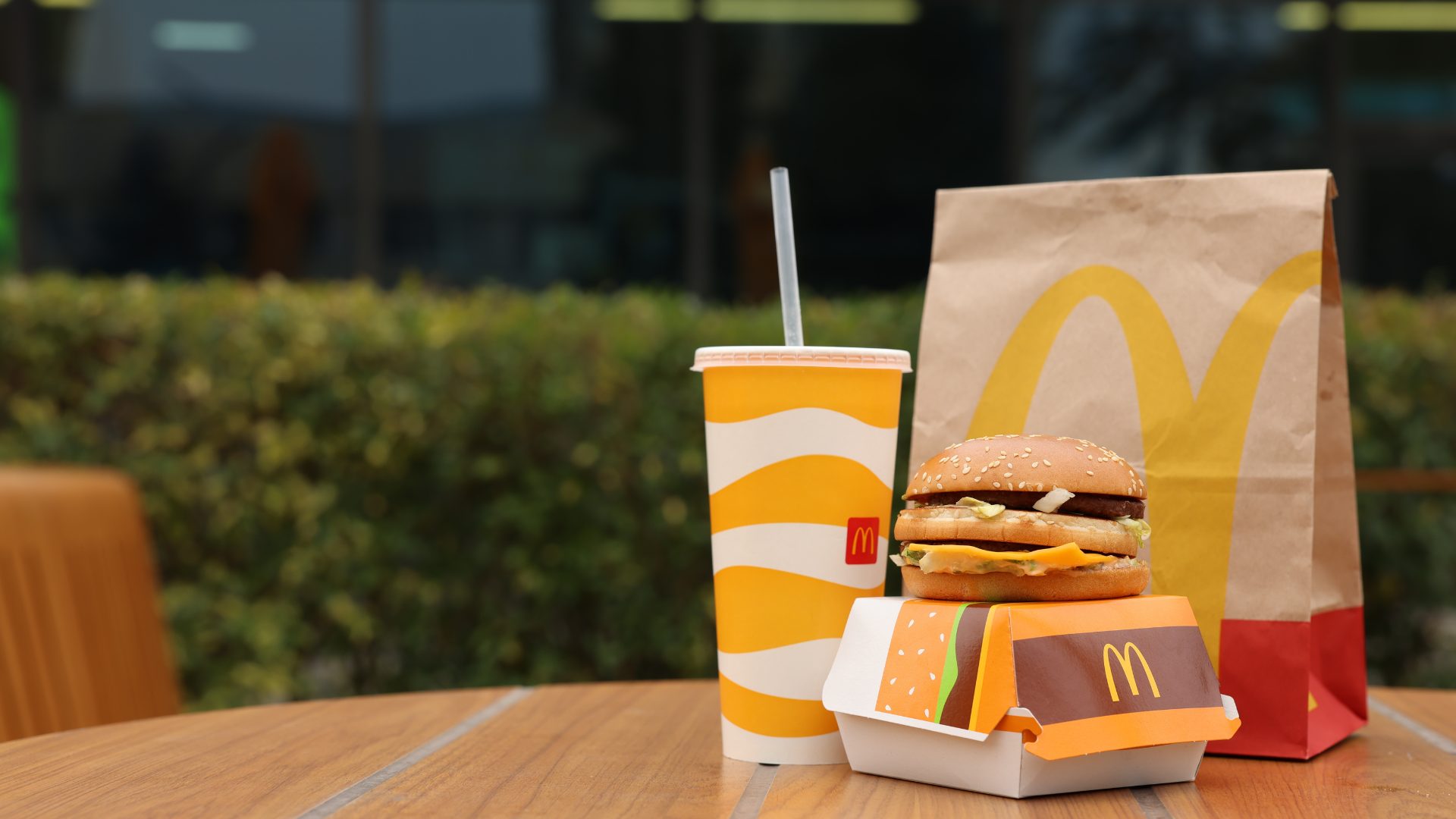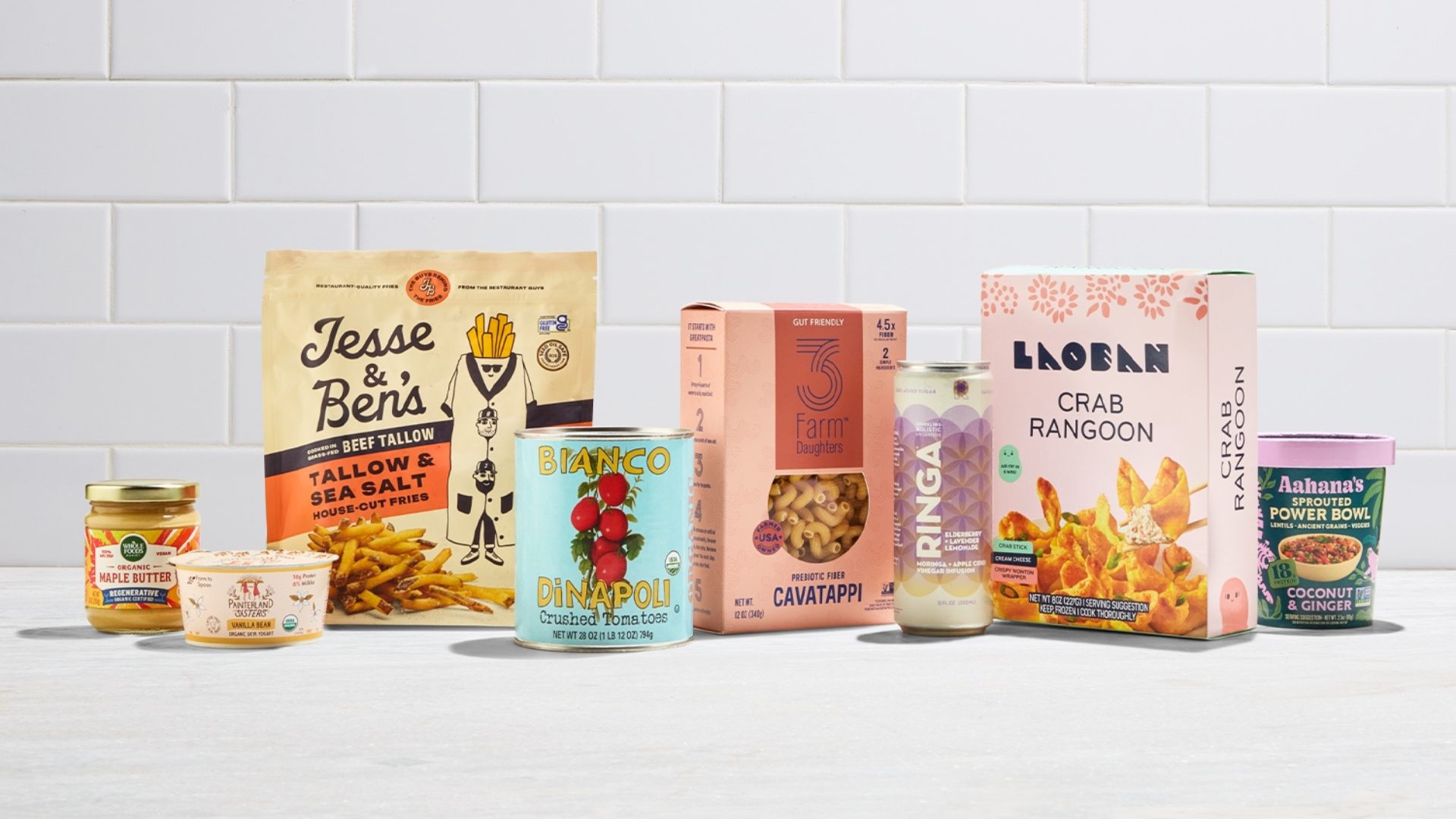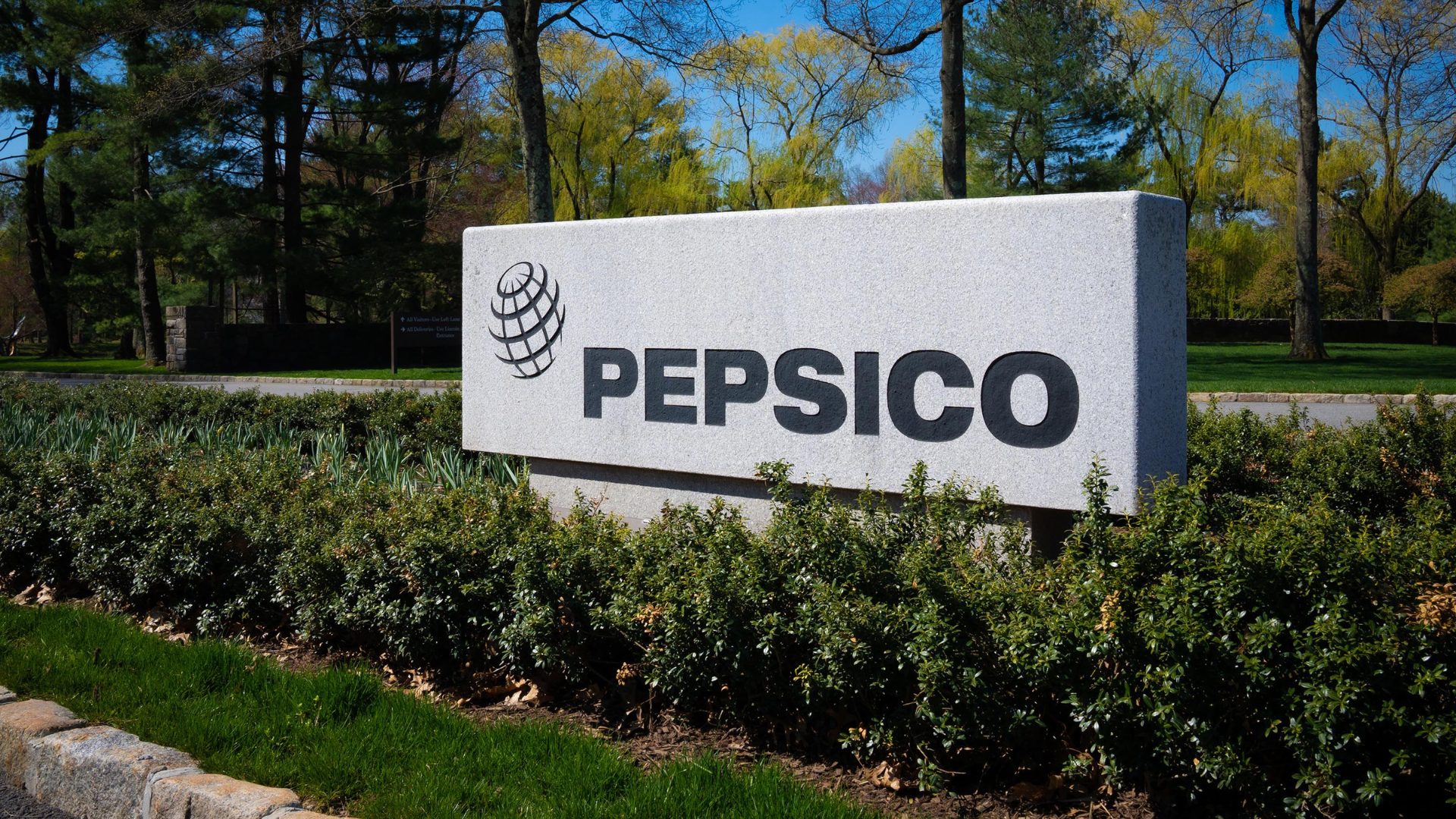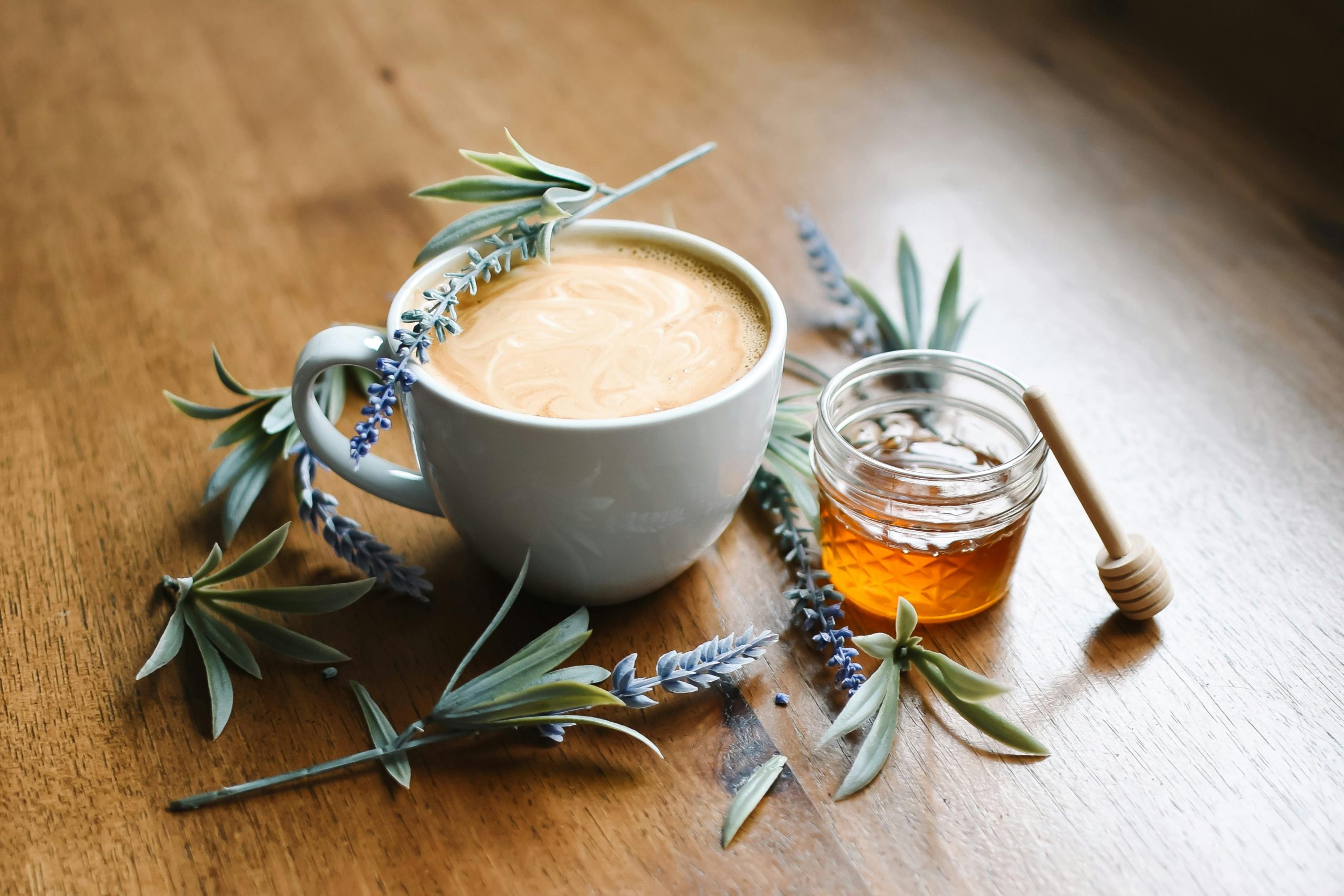Once associated with the sort of supplements you’d expect to find in your grandparents’ pantry, fiber has undergone a transformation in recent years as more consumers search for ways to enhance their gut health.
Brands such as Poppi, with its influencer collabs and merch line, have boosted fiber’s “cool” factor, according to Mintel’s 2026 Global Food and Drink Predictions report.
Floura and Co. is another notable example. Founded by Jeni Britton 23 years after she started Jeni’s Splendid Ice Creams, Floura makes fiber-rich bars in creative and trendy flavor combinations, such as Brambleberry Lavender, Blueberry Matcha, Raspberry Rose, and Mango Cardamon, out of upcycled fruit trimmings, as well as fresh and whole fruits and vegetables.
Britton told Bon Appétit that this decision puts Floura “10 steps ahead” of companies that use single-source fiber in their products because “your microbiome really wants diverse fiber” and “what’s going to nurture the diverse population of microbes living inside of you, to nurture you to feel better, is a diversity of fiber sources.”
Let’s dig into a few more of Mintel’s predictions surrounding fiber.
#1. Fiber for All (Including Kids)
In 2030, Mintel predicts that parents will be looking for the right nutrients to ensure ideal growth and development for their children – built on the strong foundation of a healthy gut microbiome.
“Baby food and drink brands will educate on the right types of food to feed the microbiome and innovate products that supply beneficial bacteria,” reads the report, citing Vietnam’s Vinamilk Optimum Colos Stage 1 Infant Formula as one example due to its ingredients, which are inspired by breast milk and reportedly promote healthy intestinal microflora.
“Parents will feel they are giving their children an edge in fighting against disease with a microbiome that is optimally prepared for future resilience.”
#2. Fiber as “Nutritional Armor”
Mintel also predicts that, in addition to improving gut health, fiber will also be used as a “nutritional defense against the rising risks microplastics pose to humans” in 2030.
“Already, consumers are realizing that they are regularly ingesting microplastics, which can have potential health consequences such as inflammatory bowel or cardiovascular diseases. The omnipresent nature of microplastics in packaging, clothes, furniture and cooking utensils (to name a few) makes microplastics almost impossible for consumers to avoid,” reads the report.
Due to emerging evidence that fiber can potentially alleviate the impact of microplastics on health, Mintel expects that fiber will increasingly be positioned as a solution to “mitigate the dangers of our convenience-focused lifestyles.”
#3. Fiber Gets Indulgent – and Flavorful
According to Black Swan Data’s predictive social intelligence, fiber-related trends are undergoing a transformation that rivals the trajectory of the protein market over the last few years.
While many of these protein-rich products, such as bars, cookies, and brownies, are quite “indulgent” in nature, there’s still plenty of room for innovation in the high-fiber realm.
“Consumers are looking for tasty snacks that improve the gut microbiome, reduce bloating and provide a mental boost. And being tasty is key,” reads the report, which also noted that consumers want “good for you” fiber, probiotic, and adaptogenic snacks, but they want them to look and taste like “bad for you” snacks.
On the savory side, seaweed is beginning to turn heads for its unique nutritional profile, which includes prebiotic fiber, and companies like Gimme are making it easier to consume on the go – as well as more flavorful, as its roasted seaweed snacks come in on-trend flavors including Teriyaki, Korean BBQ, and Chili Lime.
“Gram for gram, seaweed is no ordinary superfood. With more fiber than oats, more calcium than milk, and a bounty of vitamins and minerals, it delivers more with every bite. Gimme’s roasted seaweed snacks are a natural source of prebiotic fiber, making them a nutrient-rich, feel-good snack,” Lauren Manaker, MS, RDN, LD, CLEC, CPT, told FI.
Food for Thought Leadership
Is the future of flavor increasingly borderless? Valda Coryat, vice president of marketing for condiments and sauces at McCormick, reveals how curiosity powers McCormick’s flavor foresight, why segmentation by “flavor personality” matters, and how flavors are becoming more culturally driven.










